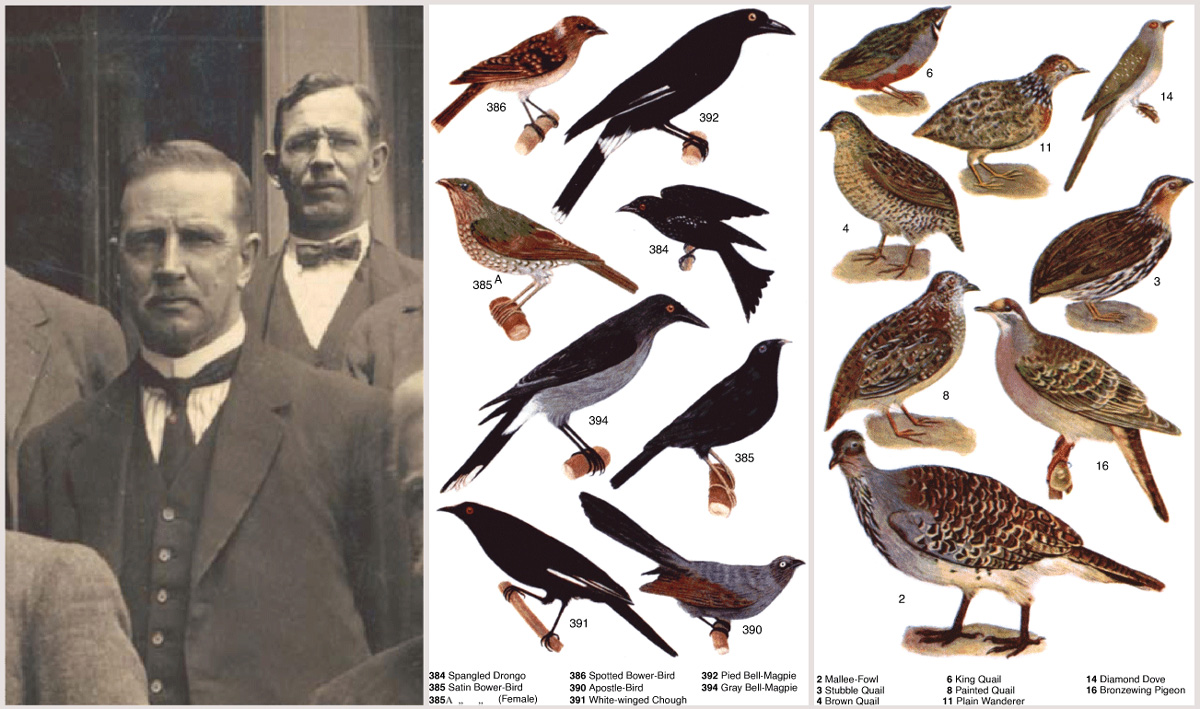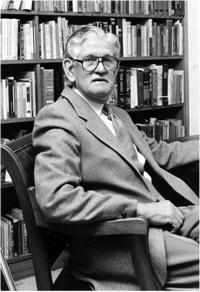
The latest issue of the Academy’s journal, Historical Records of Australian Science, gives a good indication of the breadth of Australian science in five historical articles, three biographical memoirs and reviews of seven books about Australian science.
Russell McGregor takes a long look at one of the icons of Australian birding, J. A. Leach’s 1911 An Australian Bird Book, that helped to guide birding practice away from collection of specimens and towards field observation. He places the book at the interface of science and recreation so we can think of it as an early example of citizen science. That theme is taken up later in the journal in a review of the new edition of Penny Olsen’s book, Feather and Brush, in which we learn about the illustrators and artists whose work was important in later books of this kind.
Libby Robin’s article began as the annual lecture at the University of Melbourne that is dedicated to the memory of Diana ‘Ding’ Dyason, and was adapted for publication in the journal. The article traces the emergence of studies in history and philosophy of science in Australia, and the importance of soils to an emerging environment movement with an eye to food production.
There is also an environment aspect to Nicola Williams’s story of a delicate analytical balance that was twice taken to the Antarctic, where science accompanied exploration, although in the archive of ‘heroic’ stories about the Arctic and Antarctic science is seldom mentioned.
Turning to the laboratory rather than the field, journal editor Ian Rae writes about some nineteenth-century chemistry that was perhaps ahead of its time and ultimately unsuccessful. The story reveals much about scientists in the colonies, like David Orme Masson, as they tried to fit into the international scene.
Ilse Rosenthal-Schneider, who had studied with Albert Einstein, Max Planck and Max von Laue, brought a particularly European blend of scholarship to Australia. Her little-known career in Australia as a university teacher and a communicator of the connections between physics and philosophy is revealed by Daniela Helbig and Maureen O’Malley.

The Academy publishes biographical memoirs of deceased fellows of the Australian Academy of Science, as the Royal Society of London does for its fellows. When a scientist has been a fellow of both societies, the biographical memoir is published by each organisation using its own format. This issue of HRAS contains memoirs for several Fellows, including Geoffrey Burnstock FAA FRS, the physiologist who discovered that adenosine triphosphate (ATP) was not just a carrier of phosphate in biological systems but also a signalling molecule – a neurotransmitter. You can read his Royal Society memoir on the RS website.
Ross Day FAA FASSA was foundation professor of psychology at Monash University and the first psychologist to be elected to the Academy for his work on perception that made him a world leader in this field of science.
Hans Freeman AM FAA was a chemist at the University of Sydney. The elucidation of the crystal structures of bio-significant molecules such as the blue protein plastocyanin required painstaking laboratory chemistry, the development of instrumentation and computing power, and the efforts of a team led by Freeman.
Something unusual among the book reviews in this issue of HRAS is the coverage of technology, specifically photography and image projection by the ‘magic lantern’. This was the subject of a research project ‘Heritage and Limelight’ that gave rise to one of these books and adopted the neologism ‘lanternists’.
Much of the content of the journal is publicly available as open access, and Fellows of the Academy are able to access all content by logging into the Academy website and using the link on the Fellows page. The Academy also publishes the biographical memoirs of Fellows on its website following publication in the journal.
The Academy encourages authors to contact the editors to discuss their ideas for articles.
Find out more about Historical Records of Australian Science
The journal editors are Dr Sara Maroske and Professor Ian D. Rae. This article was adapted from the editors’ introduction to the latest issue of the journal.
* Detail from a photograph of the Sydney session of the Royal Australasian Ornithologists’ Union, 1921, PIC BOX PIC/7586 #PIC/7586/176, National Library of Australia, Canberra.
^J.A. Leach, An Australian Bird Book, Whitcome & Tombs, Melbourne, 1911. See the eBook version
© 2025 Australian Academy of Science